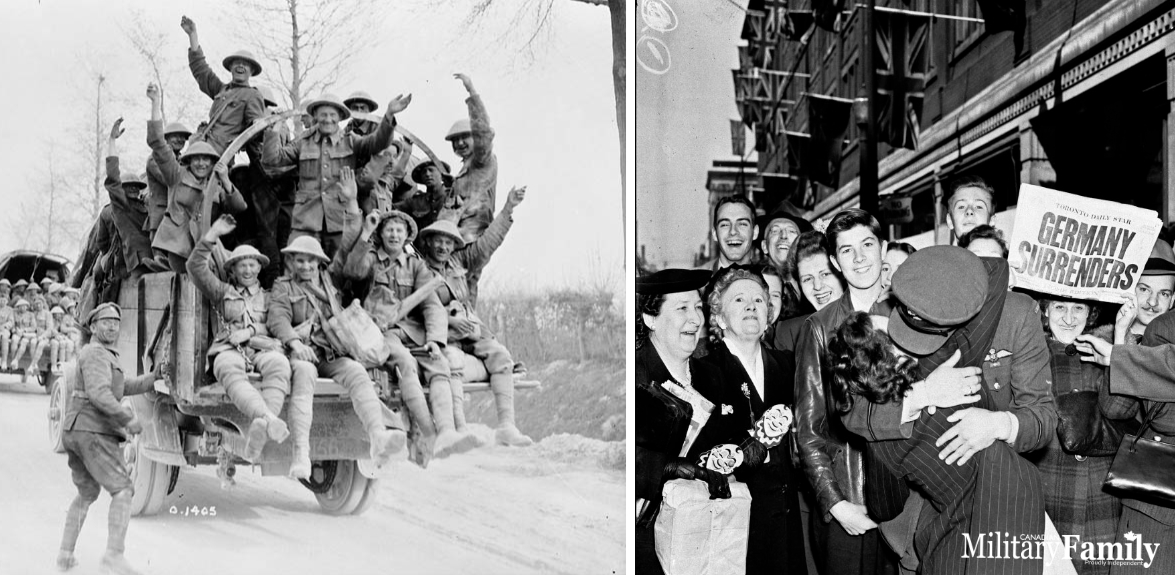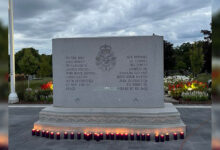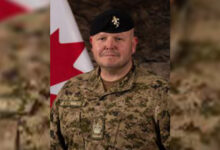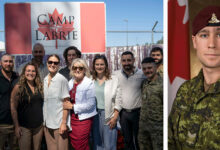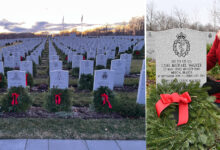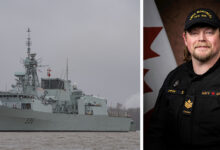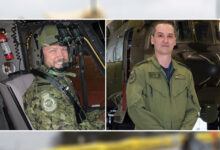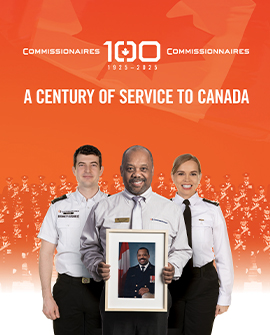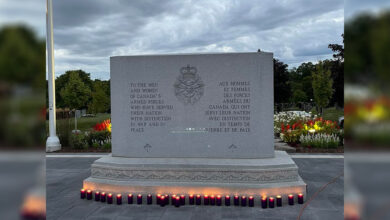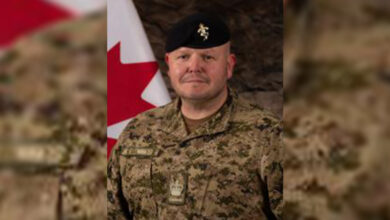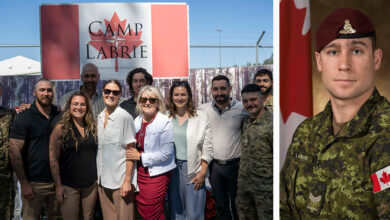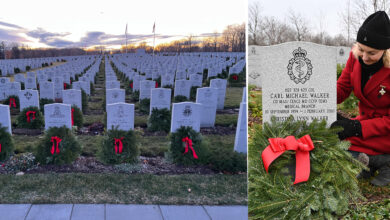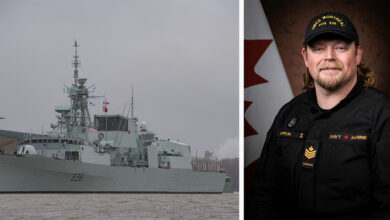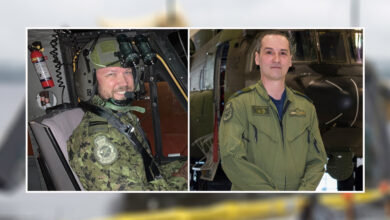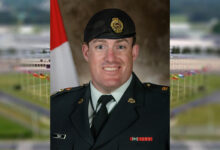Remembering
Remembering Victory over Japan Day 76 years later
Seventy-six years ago, history’s bloodiest war ended after Japan surrendered to Allied Forces and the declaration of Victory over Japan (V-J) Day on August 15, 1945. Japan did not sign the official paperwork until Sept. 2, but Japanese forces unconditionally surrendered in Asia and the Pacific on Aug. 15, 1945.
1.1 million Canadians served
About 1.1 million Canadians served during the Second World War at home defending North America, around the world, and in the Army, Navy, and Air Force fighting in multiple campaigns.
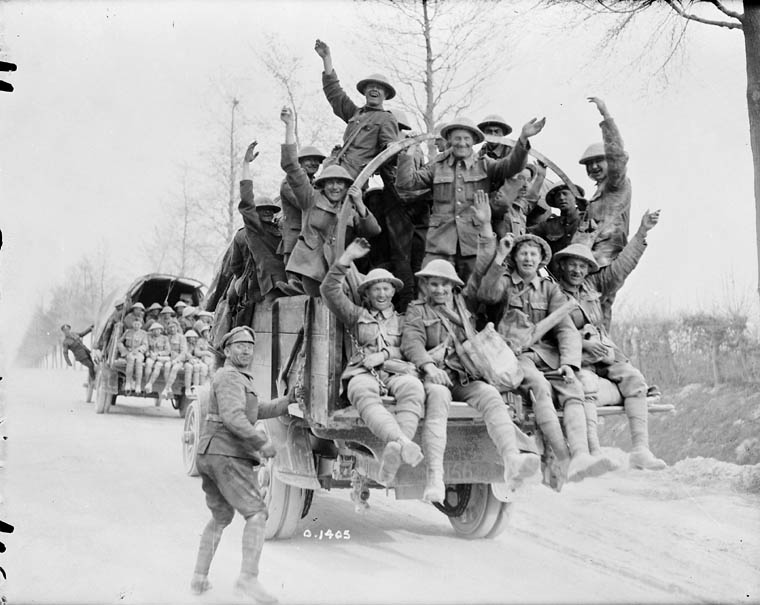
W.I. Castle Canadian Department of National Defence
source: source: Library and Archives Canada (LAC) – Library and Archives Canada
10,000 Canadians Served in far east or Southeast Asia
The primary enemy was Germany and Italy, and that’s where most Canadians served. Still, about 10,000 Canadians served in the far east or Southeast Asia in what is known as the Pacific campaign.
The primary force, according to Dr. Tim Cook, director of research at the Canadian War Museum and author, was the C Force, a Canadian military contingent that fought in the battle of Hong Kong. The central Canadian units involved in the defence of Hong Kong were the Winnipeg Grenadiers and the Royal Rifles of Canada. In addition to this, the Canadians provided a Brigade HQ.
In November 1941, Canada sent 1975 troops to help garrison the British colony of Hong Kong. Although dispatched as part of a plan to avert Japanese aggression, the Canadians were not fully prepared. On December 7, 1941, Japan joined the war with successful offensives in Asia and across the Pacific Ocean. The Japanese invaded Hong Kong on December 8 and overran its defences in 17 days.
First Land Combat
This was the first land combat of the war for Canadians. Two hundred ninety lost their lives in the fight, and hundreds were wounded. The survivors became prisoners of war.
“The survivors of C Force (the Hong Kong garrison) who were in prisoner of war camps had suffered through horrendous conditions in the brutal prisoner of war camps where they were systematically starved, malnourished, beaten, and some were executed,” stated Cook, “Those Canadians talk about how they were very close to death and that the surrender of Japan (which came about through multiple means, including the atomic bombs, American bombing of Japanese cities, the Russian invasion) saved their lives.”
The Second World War is viewed mainly through the war against Hitler and the German forces, said Cook. However, the war in the Pacific was a different type of war. Those Canadians who served there and those who survived often felt that their war experience was overlooked because many Canadians were involved in different theaters of war.
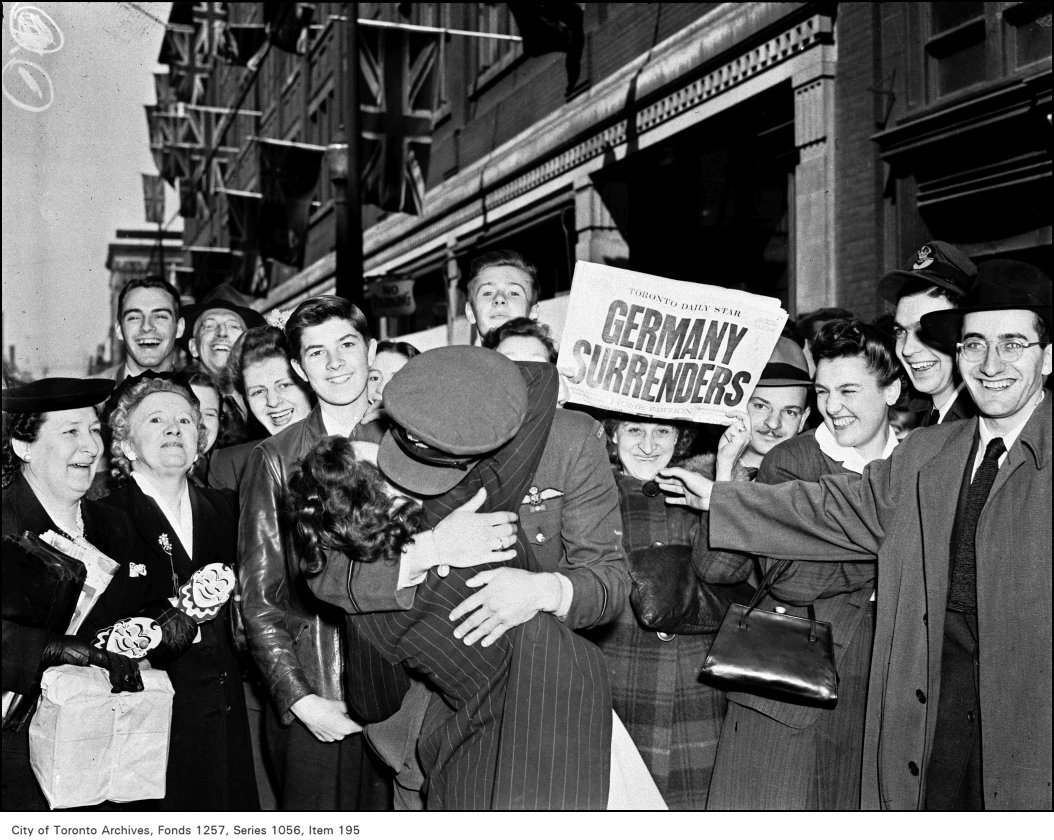
Opportunity to Reflect on Veterans’ Service in Pacific
Cook explained further, “They think the 15th of August, the end of the war against Japan, is an opportunity to maybe reflect upon the service of those Canadians who fought in a quite different war. This is an opportunity to remember and to mark what these 10,000 Canadians did, and perhaps a remind people that the Second World War is known as a world war for a reason. The war includes the war against Japan as well.”
Canada was the first country to declare war on Japan after the bombing of Pearl Harbour on Dec. 7, 1941. Canadian troops later went on to serve in the Pacific theatre attached to British and other Allied troops.
The Second World War’s end came earlier for Europe on May 8, 1945. Despite this, the fight continued in the Pacific until the United States dropped the atomic bombs on Hiroshima and Nagasaki. After the surrender of Japanese forces, Canadians took to the streets to celebrate.
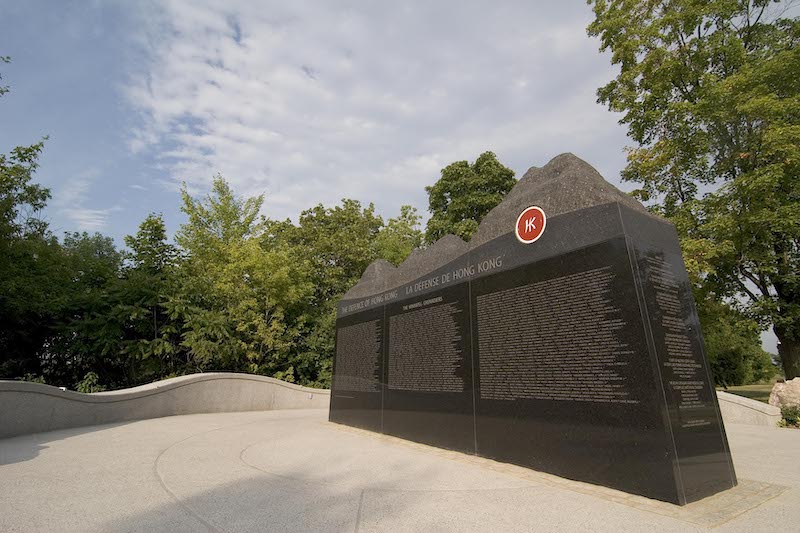
The Defence of Hong Kong Memorial Wall
The Defence of Hong Kong Memorial Wall in Ottawa that the Hong Kong Veterans Commemorative Association erected honours Canadians who defended Hong Kong during the Second World War. Located at the corner of King Edward Avenue and Sussex Drive and inspired by the mountains of Hong Kong, it is etched with the names of all Canadians who fought there.


